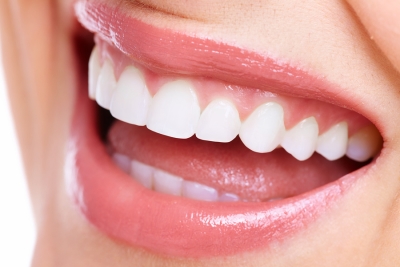UNDERSTANDING TMJ
If you experience pain in the jaw, face, or ears, your dentist might diagnose you with temporomandibular joint (TMJ) disorder. TMJ disorder occurs when there is dysfunction of the jaw joints and surrounding structures. Consult a dentist in Belmont and watch this video to learn more about TMJ disorder and how it develops.
This animation introduces the anatomy of the jaw and the jaw joints. It explains that this common dental problem involves the improper positioning of the components of the jaw joint and the way in which the upper and lower jaws fit together. Often, dental patients with TMJ disorder also have bruxism, which refers to the subconscious habit of grinding the teeth. It is commonly thought that bruxism can exacerbate TMJ disorder and vice versa.

